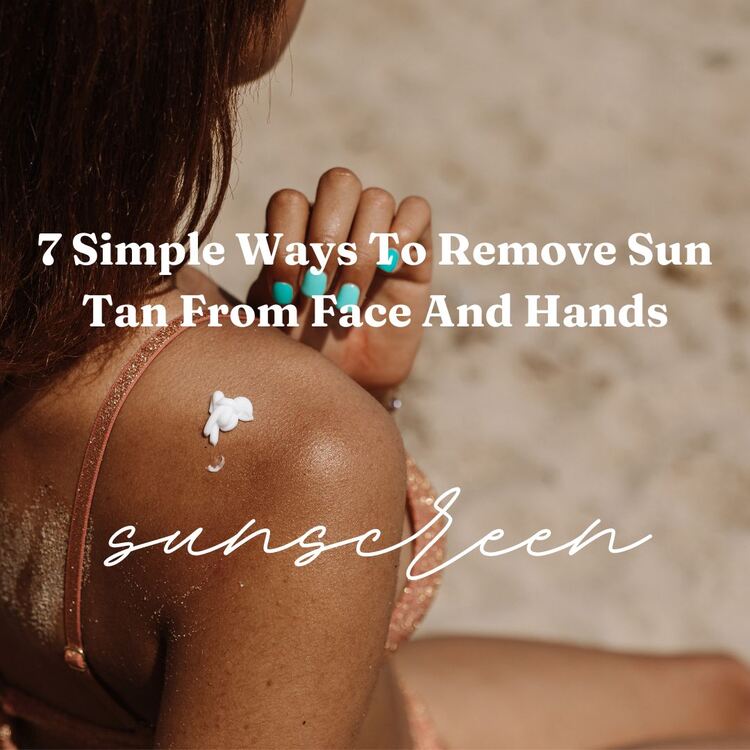
Sun tanning can be a frustrating side effect of spending time outdoors, leaving your face and hands with an uneven and undesirable skin tone. However, there are effective and natural ways to combat sun tan and restore your skin’s radiance. In this article, we will explore seven simple and reliable methods to remove sun tan from your face and hands.
Lemon Juice and Honey Tan Removal Pack:
Lemon juice is a natural bleaching agent that can help lighten the skin, while honey moisturizes and soothes. To create this pack, mix equal parts lemon juice and honey, apply it to the affected areas, and leave it on for 20 minutes. Rinse with lukewarm water. The citric acid in lemon helps remove tan, and honey nourishes the skin.
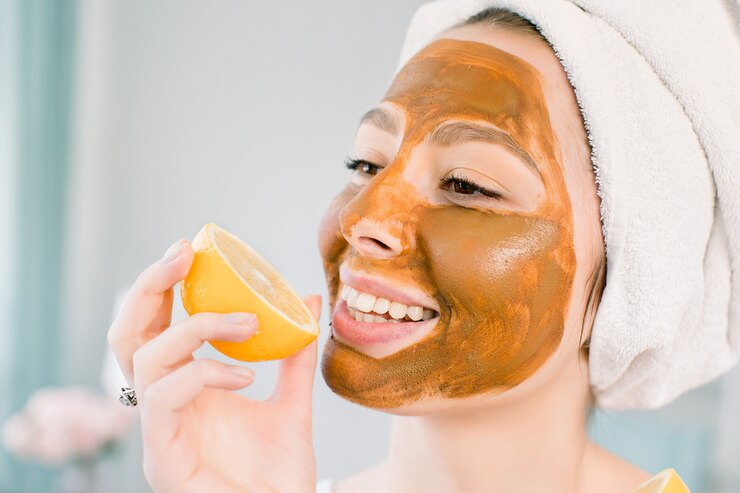
Coffee and Coconut Oil Pack:
Coffee grounds work as an excellent exfoliate, helping to remove dead skin cells and tan. Mix coffee grounds with coconut oil to create a scrub. Gently massage it onto your face and hands in circular motions for a few minutes before rinsing off. The caffeine in coffee stimulates blood flow, promoting skin rejuvenation, while coconut oil provides hydration.
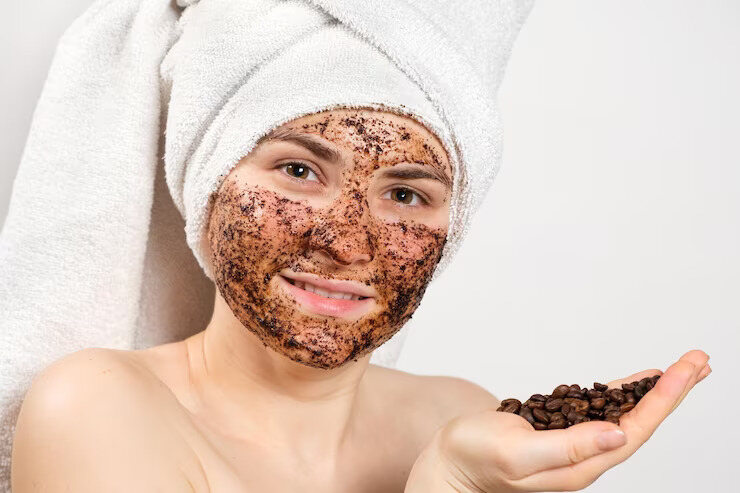
Yogurt and Tomato Pack:
Yogurt contains lactic acid, which exfoliates the skin, and tomatoes have natural bleaching properties. Combine yogurt and tomato pulp to create a tan removal pack. Apply it to the affected areas, leaving it on for 30 minutes before washing off. This pack helps in reducing tan and improving skin texture.

Bengal Gram Flour and Turmeric Pack:
Bengal gram flour is known for its skin-brightening properties, and turmeric has anti-inflammatory and antiseptic qualities. Make a paste with Bengal gram flour, turmeric, and water. Apply it to your face and hands, leaving it on until it dries. Gently scrub off the pack and rinse with water. This combination helps in removing tan and promoting an even skin tone.
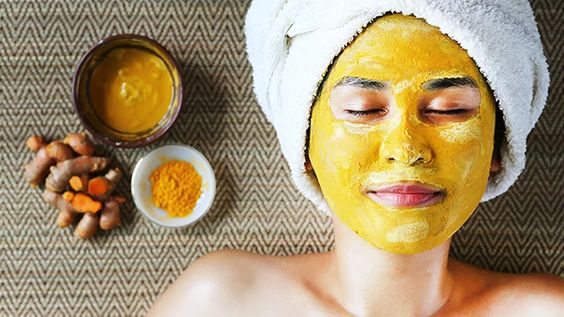
Oatmeal & Buttermilk:
Oatmeal is an excellent exfoliant, and buttermilk contains lactic acid that aids in tan removal. Mix oatmeal with buttermilk to create a paste. Apply it to the tanned areas, gently massaging the skin for a few minutes. Allow it to dry before rinsing off. This pack not only removes tan but also nourishes and softens the skin.
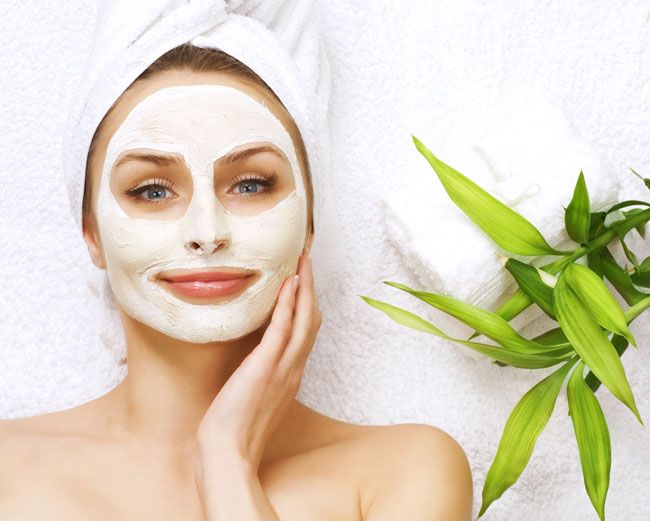
Chemical Peels:
For a more intense tan removal, consider chemical peels. These peels contain acids like alpha hydroxy acids (AHAs) or beta hydroxy acids (BHAs) that exfoliate the skin, reducing tan and revealing a brighter complexion. Consult a dermatologist to determine the right type and strength of chemical peel for your skin.
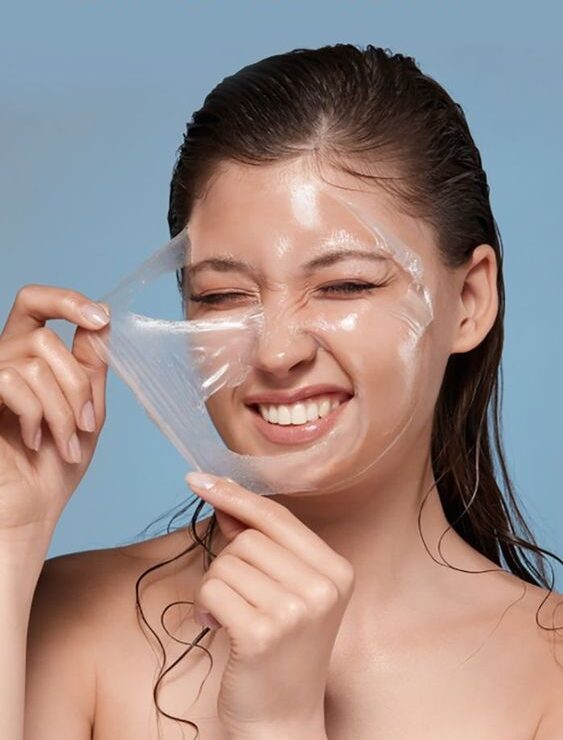
Laser Skin Lightening:
Laser treatments can effectively target and break down pigmentation caused by sun tan. These treatments work by stimulating collagen production and promoting the growth of new, even-toned skin. However, laser treatments should be performed by qualified professionals, so consult with a dermatologist to discuss the suitability and potential risks.

Conclusion:
Banishing sun tan from your face and hands doesn’t have to be a complicated process. These seven simple methods, ranging from natural packs to advanced treatments, offer effective ways to remove sun tan and restore your skin’s natural glow. Incorporate these remedies into your skincare routine, and enjoy a rejuvenated and even complexion.
FAQ:
Q1: What causes sun tan on the face and hands?
A1: Sun tan is caused by prolonged exposure to ultraviolet (UV) rays from the sun. These rays stimulate the production of melanin in the skin, resulting in a darker complexion.
Q2: Can sun tan be removed naturally?
A2: Yes, several natural remedies can help remove sun tan. Ingredients like lemon juice, honey, yogurt, turmeric, and coffee can be combined to create effective DIY packs for tan removal.
Q3: How does lemon juice and honey help in tan removal?
A3: Lemon juice acts as a natural bleaching agent, helping to lighten the skin, while honey moisturizes and soothes. The combination of these ingredients helps in removing tan and promoting an even skin tone.
Q4: Are chemical peels safe for tan removal?
A4: Chemical peels can be effective for tan removal but should be performed by qualified professionals. The peels contain acids that exfoliate the skin, reducing tan and promoting a brighter complexion. Consult with a dermatologist to determine the right type and strength for your skin.
Q5: What is the significance of coffee in tan removal?
A5: Coffee grounds serve as an excellent exfoliant, helping to remove dead skin cells and tan. When mixed with coconut oil, it creates a scrub that not only exfoliates but also stimulates blood flow, promoting skin rejuvenation.
Q6: How long does it take to see results with natural tan removal methods?
A6: Results may vary depending on the severity of the tan and the consistency of the chosen method. Generally, with regular application, you can notice visible improvements within a few weeks.
Q7: Can laser skin lightening completely remove sun tan?
A7: Laser treatments can effectively target and break down pigmentation caused by sun tan. While they can significantly lighten the skin, complete removal may require multiple sessions. Consult with a dermatologist to discuss the suitability of laser treatments for your skin.
Q8: Are there any side effects of using natural remedies for tan removal?
A8: Natural remedies are generally safe, but individuals with sensitive skin may experience mild irritation. It’s advisable to patch-test any new remedy on a small area before widespread application.
Q9: Can I prevent future sun tan?
A9: Yes, preventing sun tan involves using sunscreen with a high SPF, wearing protective clothing, and avoiding prolonged sun exposure, especially during peak hours.
Q10: How often should I use these tan removal methods?
A10: The frequency of use depends on the chosen method. Natural packs can be used 2-3 times a week, while treatments like chemical peels and laser therapy should be performed as recommended by a dermatologist.



